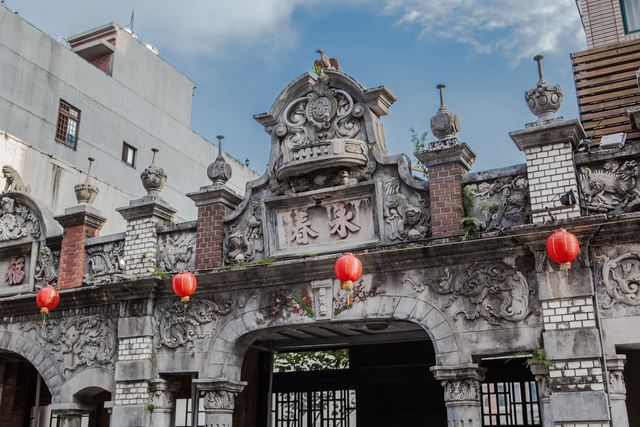New South Old Street Introduction
If Dongshan Old Street is like a mainstream song still sung today, then Xinnanhou Old Street is the indie music of Dasi, understated yet spreading a unique artistic atmosphere with a wonderful charm that is unforgettable after hearing it. A beauty of old alleys exclusive to literature lovers, with heartwarming vintage moments waiting for you to visit and listen. Xinnanhou Old Street, also known as Zhongshan Old Street, is only 500 meters away from Dongshan Old Street. Unlike the bustling businesses of Dongshan Old Street, Xinnanhou Old Street has been a prime area for political, economic, and cultural activities since the late Qing dynasty to the Japanese occupation, housing the Qing Dynasty’s Settlement Bureau, the county office, post office, elementary school, public hall, and martial arts hall, akin to today’s Taipei “Boai Special District.” Residents here are either wealthy or prestigious; notable figures like the rich businessman Jian Anniu, Kato Yoshizaku, and scholar Lu Yingyang were prominent families of their time. The odd-numbered side of the old street featured the mansions of the affluent, while the even-numbered side contained workers' quarters, warehouses, and residential houses, reflecting the disparity of wealth along one street. Compared to Dongshan Old Street, the facades of the buildings on Xinnanhou Old Street are grand and luxurious, showcasing a blend of Baroque style with a mix of Western and Chinese elements, with each archway seemingly competing for attention. The most eye-catching structure on the old street is the "Jian Cheng Commercial Building," which belongs to wealthy Jian Anniu's residence. Its name in Romanization, the brass-covered central dome, symmetrical gables, Western-style columns, and a facade three times wider than typical storefronts highlight the wealth of the Jian family. The adjacent "Yongchun" and "Xianji" archways belong to the prominent Lu family, featuring a magnificent peacock opening its tail on the gable and exquisite Chinese auspicious decorations like the arowana, qilin, and images of classical arts and crafts, designed with great ingenuity. It is said that when built, they were covered with canvas to prevent their architectural style from being copied. Xinnanhou Old Street is also home to the famous families "Wuyi Old Clan" and "Longtang Shidi" who moved to Daxi, expressing their nostalgia for their hometown. Today, with the decline of these illustrious families and younger generations moving away from Daxi, the luxurious storefronts remain only as façades, continuing to witness the passage of time. The next time you visit Daxi, consider turning into Zhongshan Road, where every house tells a story and you can encounter the once-prosperous Daxi.
































